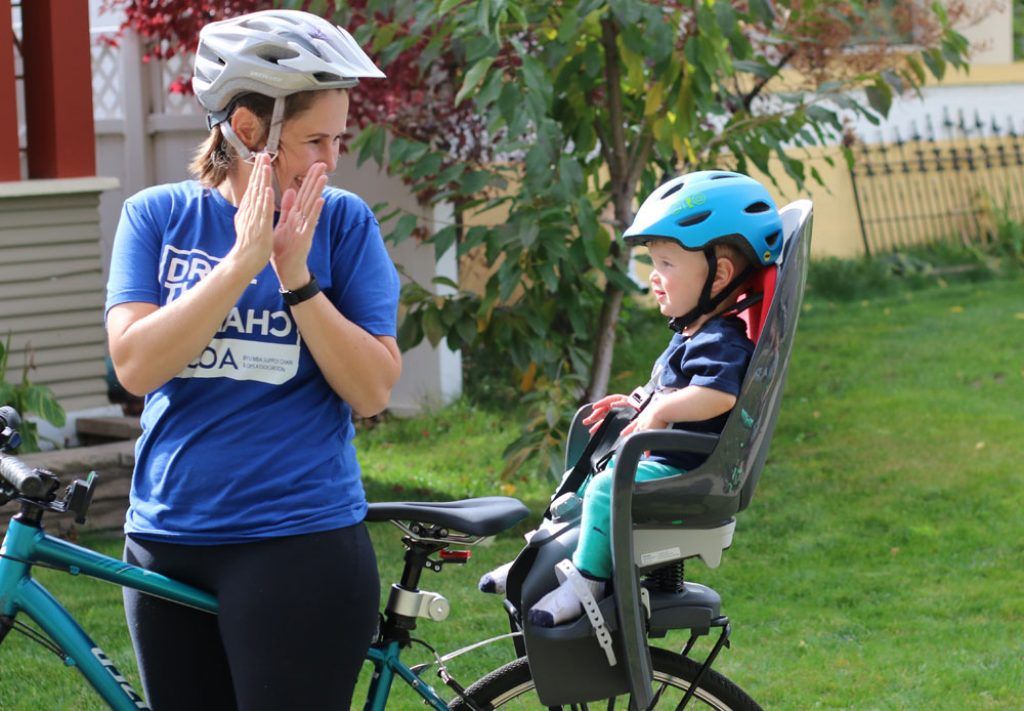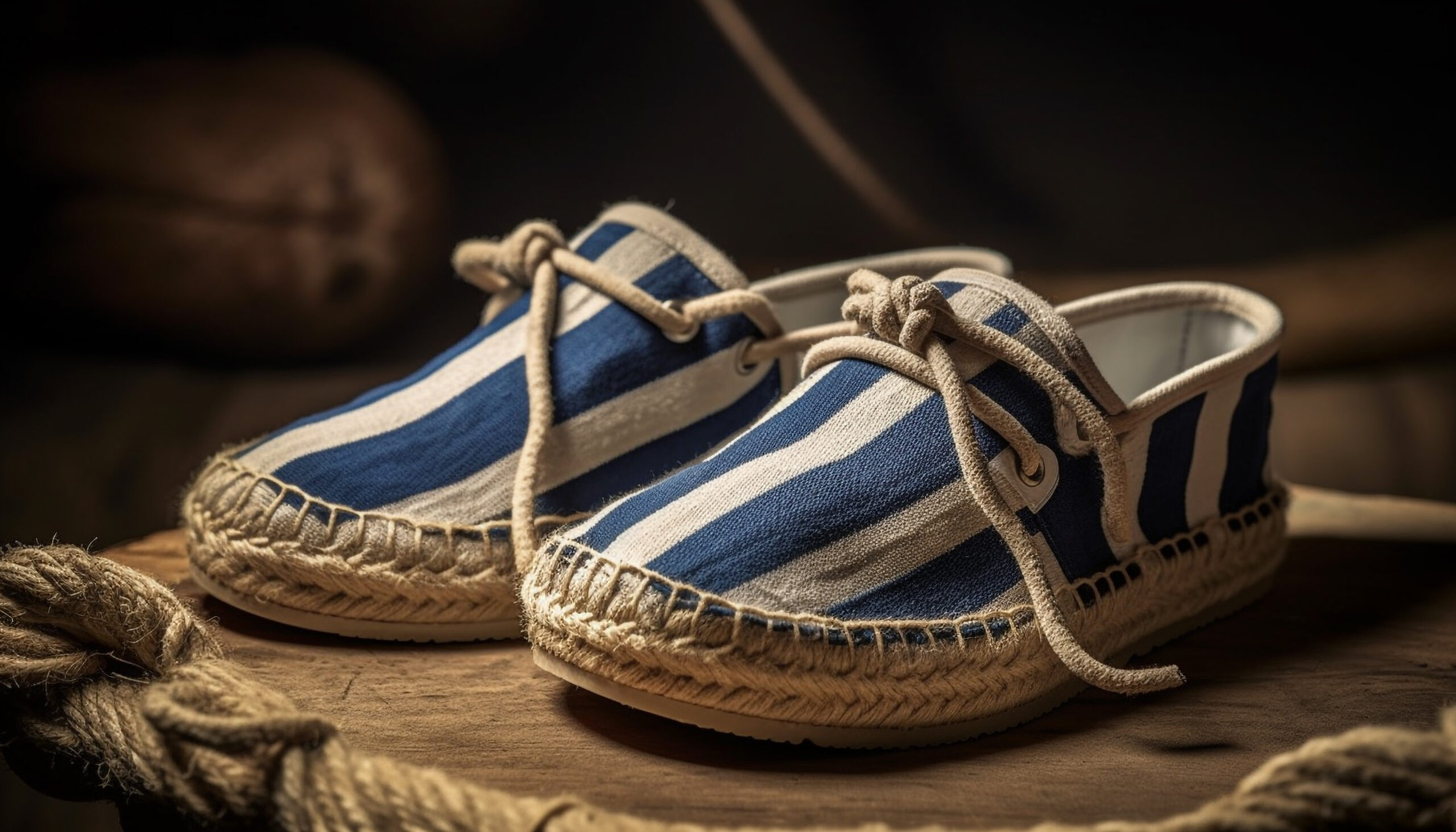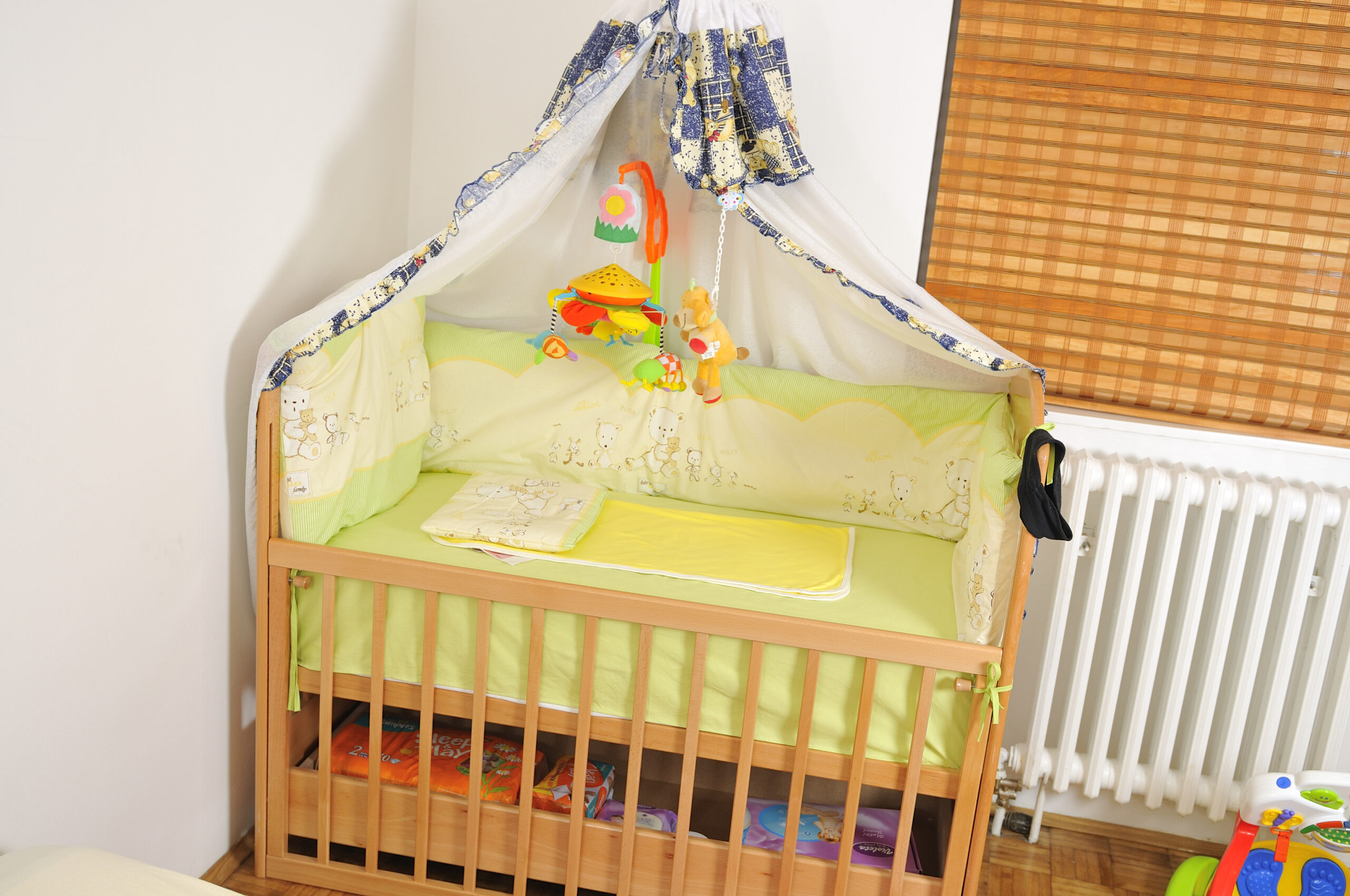
A child seat on bike ensures safety and comfort for your little one. Parents often seek the best way to include their children in bike rides. A child seat on a bike is the perfect solution. It allows you to enjoy biking while keeping your child close.
These seats are designed for safety and convenience. Your child can sit securely and enjoy the ride. Choosing the right seat can be overwhelming with many options available.
This guide will help you understand the benefits and features of child seats on bikes. Discover how you can make bike rides a joyful and safe experience for both you and your child.
Choosing The Right Child Seat
Choosing the right child seat for your bike is crucial for safety and comfort. It ensures a pleasant ride for both you and your little one. This section will guide you through the types of seats, and age and weight limits. Let’s get started!
Types Of Seats
There are three main types of child seats available:
- Front-Mounted Seats: Positioned between the handlebars and the rider. These seats are great for keeping an eye on your child but are suitable for smaller children.
- Rear-Mounted Seats: Attached to the back of the bike. These seats are more common and offer better support and comfort for older children.
- Mid-Mounted Seats: Placed between the rider and the handlebars. These seats provide a balanced ride and are perfect for toddlers.
Age And Weight Limits
It’s essential to choose a seat that matches your child’s age and weight. Here’s a quick reference table:
| Type of Seat | Recommended Age | Weight Limit |
| Front-Mounted | 1-3 years | Up to 33 lbs (15 kg) |
| Rear-Mounted | 1-6 years | Up to 48 lbs (22 kg) |
| Mid-Mounted | 2-5 years | Up to 33 lbs (15 kg) |
| No Type of Seat | No Recommended Age | No Weight Limit |
Consider your child’s age and weight before purchasing. Safety is the top priority. Always check the manufacturer’s guidelines for specific recommendations.

Safety Features To Look For
Ensuring the safety of your child during a bike ride is crucial. Choosing the right child seat with adequate safety features is essential. Below are key safety features to consider for a child seat on a bike.
Harness Systems
A secure harness system is vital for child safety. Look for a five-point harness. This system secures the child at the shoulders, hips, and between the legs. It prevents slipping and provides maximum protection.
Ensure the harness is adjustable. It should grow with your child. The straps should be padded for comfort. Easy-to-use buckles are a bonus. They save time and reduce frustration.
VISIT- Top Jogging Stroller Pish Posh Baby Ideal for Active Families
Seat Positioning
Proper seat positioning ensures comfort and safety. The seat should be adjustable. It allows the child to sit upright or recline slightly. This flexibility helps during long rides.
The seat should have a high backrest. It supports the child’s head and neck. Look for side protection as well. It shields the child from bumps and falls. A well-positioned seat enhances stability.
Consider these features while choosing a child seat on bike for your bike. They ensure safety and comfort for your little one.
Installation Tips
Installing a child seat on your bike requires careful attention to detail. Ensuring the seat is secure is crucial for your child’s safety. This guide provides clear and concise tips to help you with the installation process.
Tools Needed
Before starting, gather the essential tools. Here is a list of the tools you will need:
- Wrench – For tightening bolts.
- Screwdriver – For securing screws.
- Allen keys – Often required for modern bike seats.
- Measuring tape – To ensure the seat is at the correct height.
Step-by-step Guide
Follow this step-by-step guide to install the child seat securely:
- Read the Manual – Always start by reading the seat’s manual. It has specific instructions for your model.
- Position the Seat – Place the seat on the bike’s frame. Ensure it is level and in the correct spot.
- Attach the Brackets – Use the provided brackets to secure the seat to the frame. Make sure they are tight.
- Secure the Bolts – Tighten all bolts using a wrench. Double-check each bolt to ensure it is secure.
- Adjust the Straps – Ensure the seat straps are snug and secure. They should hold your child firmly.
- Test the Seat – Give the seat a gentle shake to make sure it does not move. Adjust if necessary.
Following these tips will help you install the child seat safely. Always double-check your work to ensure your child’s safety.

Comfort Considerations
When choosing a child seat for your bike, comfort is crucial. Children need to feel secure and relaxed during rides. Here are some key comfort considerations to keep in mind:
Padding And Support
Padding is essential for a comfortable ride. A well-padded seat absorbs shocks from the road. Look for seats with thick, durable padding.
Support is also important. The seat should have a supportive backrest. This helps maintain good posture and prevents fatigue.
| Feature | Benefits |
| Thick Padding | Absorbs road shocks, ensures comfort |
| Supportive Backrest | Maintains posture, prevents fatigue |
| Non Feature | Non Benefits |
Adjustable Features
Adjustable features are important for a growing child. Look for seats with adjustable straps and footrests. These features ensure a snug fit and accommodate growth.
Adjustable straps keep your child secure. They should be easy to tighten or loosen. Adjustable footrests provide support and comfort for your child’s legs.
- Adjustable straps for a secure fit
- Adjustable footrests for leg comfort
These features contribute to a safer and more comfortable ride.
Maintaining Your Child Seat
Proper maintenance of your child seat is crucial for safety and longevity. Regular checks and cleaning can prevent issues. This ensures a comfortable ride for your child. Here are some practical tips to help you maintain your child seat.
Regular Inspections
Performing regular inspections is essential. Check all parts for wear and tear. Look at the straps, buckles, and seat structure. Ensure there are no cracks or damages.
- Examine the seat weekly.
- Check for loose screws.
- Inspect the harness for fraying.
Replace any damaged parts immediately. This ensures the safety of your child.
Cleaning Tips
?Keeping the child seat on bike clean is vital for hygiene and comfort. Here are some cleaning tips to follow:
- Remove the seat cover if possible.
- Use mild soap and water to clean the cover.
- Let it air dry completely before reattaching.
Wipe the plastic parts with a damp cloth. Use a gentle cleaner to avoid damage. Clean the straps with a mild detergent. Avoid soaking them in water.
Here’s a helpful table for a quick cleaning routine:
| Part | Frequency | Cleaning Method |
| Seat Cover | Weekly | Soap and Water |
| Plastic Parts | Monthly | Damp Cloth |
| Straps | Monthly | Mild Detergent |
| Non Part | Non Frequency | Non Cleaning Method |
Riding Safely With A Child
Riding a bike with a child in a seat can be a joyful experience. It allows you to bond and enjoy the outdoors together. But safety should be your top priority. Understanding how to balance the bike and follow safe riding practices is crucial.
Balancing The Bike
Balancing the bike becomes more challenging with a child seat. The added weight affects stability. Here are some tips to help:
- Ensure the child seat is properly installed and secure.
- Distribute weight evenly. Adjust your own position if needed.
- Practice riding in a safe, open area before hitting the road.
Safe Riding Practices
Safe riding practices are essential to protect both you and your child. Follow these guidelines:
- Always wear helmets. Both you and your child should wear helmets that fit well.
- Use proper signals. Communicate your intentions to other road users.
- Ride at a moderate speed. Avoid sudden movements and sharp turns.
- Stay visible. Wear bright clothing and use bike lights.
- Follow traffic rules. Obey all signs and signals.
Remember, the safety of your child depends on your actions. Ride responsibly and enjoy the journey!
Legal Requirements
Riding a bike with a child seat brings joy and safety together. But understanding the legal requirements is crucial. Each region has its own set of rules.
This ensures the safety of your child and compliance with the law. Let’s break down these requirements into two main areas: local regulations and helmet laws.
Local Regulations
Different areas have different local regulations for child seats on bikes. It’s important to check the rules where you live. Some common regulations include:
- Minimum age for the child
- Weight limits for the child seat
- Proper installation of the child seat
- Required safety features like harnesses
For example, in some places, children must be at least one year old to ride in a bike seat. In others, the child seat must have specific safety certifications. Always verify the regulations in your area before setting out.
Helmet Laws
Helmet laws are essential to protect your child’s head. Many places require children to wear helmets while riding on a bike. These laws are in place to reduce head injuries in case of an accident. Key points to consider include:
- Age requirements for helmet use
- Helmet fit and proper usage
- Helmet certification standards
For instance, some regions mandate helmet use for children under a certain age, often 14 or younger. Ensure the helmet fits snugly and meets the safety standards of your area. A well-fitted helmet can make a big difference in safety.
| Minimum Age | Children must be of a certain age to ride in a bike seat |
| Weight Limit | Child seat must support the child’s weight safely |
| Helmet Use | Children must wear helmets while riding |
| Safety Certifications | Child seats and helmets must meet specific safety standards |
Understanding these legal requirements ensures a safe and enjoyable ride for you and your child. Always stay informed and compliant with the local laws to keep your little one safe.
Additional Accessories
When riding with your child, additional accessories can make a big difference. These accessories provide added comfort and safety for both you and your child. Let’s explore some essential accessories you might want to consider.
Weather Protection
Weather can be unpredictable. Protecting your child from harsh elements is crucial. Consider investing in weather protection gear.
- Rain Covers: Keep your child dry during unexpected showers.
- Windshields: Shield against strong winds and bugs.
- Sun Shades: Protect your child from harmful UV rays.
These accessories ensure your child stays comfortable, no matter the weather.
Storage Solutions
Carrying extra items can be a hassle. Efficient storage solutions make your ride more convenient.
- Handlebar Bags: Store small essentials like keys and phones.
- Panniers: Ideal for larger items such as diapers and snacks.
- Bike Baskets: Easy access to frequently needed items.
These storage options help keep your ride organized and stress-free.
How to Choose the Best Child Seat on bike for Your Baby
Riding a bike with your baby is a fantastic way to combine outdoor activity, family bonding, and a bit of exercise. However, to ensure these rides are safe, comfortable, and enjoyable, choosing the right child bike seat is crucial.
With so many options available, the process might feel overwhelming. Here’s a comprehensive guide to help you make the best choice for your baby.
Matching the Seat to Your Child
Child bike seats come with specific weight and age limits. Most are suitable for children aged 9 months to 6 years, but always check the manufacturer’s guidelines. For younger babies, ensure they can sit upright with a helmet before starting bike rides.
Ease of Installation
Choose a seat that’s compatible with your bike and easy to install. Some seats come with a quick-release mechanism, making it simple to switch
the seat between bikes or remove it when not in use. Before purchasing, confirm whether your bike has the necessary mounting points.
Riding Safely with Your Baby
Use a Helmet: Both you and your child should wear properly fitted helmets to reduce the risk of head injuries.
Check Stability: Practice riding with the seat attached (without your child) to get used to the weight distribution.
Stick to Safe Routes: Opt for bike paths, parks, or quieter roads to minimize risks.
Inspect the Seat Regularly: Check for wear and tear, ensuring straps, buckles, and mounts are in good condition.
Start Slow: Begin with short, smooth rides to help your child feel comfortable.
Accessories and Extras
Consider additional features to enhance your rides, such as:
1. Weather Covers: Protect your child from rain or wind.
2.Headrests: For extra support, especially if your child tends to nap.
3.Parent Handlebars: Some front-mounted seats include small handlebars for your child to hold onto.
Baby Bike Seat Age and Safety
Cycling with your baby can be an exciting and rewarding experience, but ensuring their safety is the top priority. Choosing the right time to start using a bike seat
and understanding the safety considerations involved can make all the difference. Here’s an overview to help parents navigate when and how to introduce their baby to the joy of biking.
Final Thoughts
Cycling with your baby can be a joyful and memorable experience, but it’s crucial to ensure their safety by following age-appropriate guidelines and using the right equipment.
By choosing the right seat, adhering to safety practices, and riding responsibly, you can share the adventure of cycling with your little one and create memories that last a lifetime.
Conclusion
Choosing the right child seat for your bike ensures safety and comfort. A good seat makes biking enjoyable for both you and your child. Always check the seat’s compatibility with your bike. Prioritize features like secure harnesses and sturdy materials.
Consider your child’s age and weight. Regularly inspect the seat for any wear or damage. Riding with your child builds great memories. Stay safe and happy biking!
FAQs
1. What is the recommended age for using a child seat on bike?
Most experts and manufacturers recommend using a baby bike seat when your baby is at least 9 to 12 months old and can sit upright independently with strong neck and back control. Always consult your pediatrician if you’re unsure.
2. Can newborns ride in a baby bike seat?
No, newborns should not ride in a bike seat. Their necks and spines are not strong enough to support their heads, especially while wearing a helmet.
Cycling with newborns should be avoided until they reach the developmental stage required for safe seating.
15. Can my baby nap in a bike seat?
Yes, many rear-mounted seats come with reclining options to support naps. However, ensure your baby’s head is secure and the ride is smooth to prevent discomfort or strain.
13. Can I ride in bad weather with a baby bike seat?
Avoid riding in extreme weather conditions, such as heavy rain, high winds, or intense heat. Use weather covers or shields to protect your baby if you get caught in light rain.
12. Is it safe to ride with my baby in traffic?
It’s safer to avoid heavy traffic. Opt for bike paths, parks, or quiet streets with minimal vehicles to reduce risks and ensure a more enjoyable ride.


Leave a Comment